Greetings, Birdsong Listeners!
Today I’m bringing you an essay about the wonderous powers of sunrises and sunsets! How often do you stop what you’re doing to watch our twice-daily celestial spectaculars?
My 3 Favroite “Y” Words
Yawp
Yowl
Yak
What about you? Do you have “Y” words that you love?
Losing Yourself In the Patterns of Nature
The world is not falling apart at the seams. I know, I know. Look at the news! Our civilization might be unwinding, but the world is not falling apart. Despite our determined efforts to despoil planet Earth, the planet herself isn’t going anywhere anytime soon.
We talk about the end of the world, but Earth with her mountains, oceans, plant and animal life, and glorious sunrises and sunsets will outlast all of us. The climate crisis is more about the end of humanity than it is the Earth. It’s the end of our dominion, not the end of the planet. Though to be fair, we are taking a number of other species down with us at the moment.
That doesn’t mean that we shouldn't work to reverse course. We should work to limit climate change and find a way to live in harmony with the Earth and in peace with one another. I’m deeply committed to these aims.
However, walking around feeling like we are doomed will not help change anything.
Hope is an essential ingredient for change. If you don’t hope for a better future, why bother agitating for change?
One thing we humans excel at is centering our own experiences. You and I both think we’re the center of the universe. We aren’t even cogs in the great gearbox of the infinite universe.
I find hope by losing myself in the patterns of nature. My outlook improves greatly once I stop obsessing over my feelings and start noticing the wonder in the world.
Some of the most magnificent events in nature are the easiest to overlook because they are so frequent.
Every day, you get to witness a sunrise and a sunset. Despite these being daily occurrences, each one is different from any previous sunrise or sunset.
Poets often use sunrises as symbols of birth and renewal. To me, the sunrise is better understood as a transition. Life is an endless cycle of days and nights, successes and failures, and rest and responsibilities. The sunrise is the moment when we shift from one thing to another.
When I watch the sunrise, it’s hard not to feel a call to action.
Now is the time to make the art, talk to the attractive stranger, or plant the sapling in the yard.
Sunsets are also a marker of change. It’s the time when you take accountability for how you spent your day, bask in the glow of the twilight sky, and move onto your nocturnal activities.
For me, sunset is a signal for preparation and recuperation. Inspiration’s whispers are the most seductive as the sun slinks down and the stars begin to pierce the creeping darkness.
My most important creative and mindfulness practice is to write haiku as often as possible. So far, I’ve written more than 4,000 of these tiny poems. That means I’ve written hundreds accounts of sunrises and sunsets. None of the poems are the same, but I do find I come back to the same themes over and over again.
I lose myself if these patterns so that later I can step back and discover what I’m truly feeling.
Not surprisingly, sunrises and sunsets show up frequently in my comics as well.
How can I not try and capture the strange changes to the sky as our sun’s celestial movements change the whole sky like a dimmer switch in my grandma’s dining room?
One summer evening, our family was staying at the beach with our friends. One of their sons-in-law said the one of the most heartbreaking things I’ve ever heard. A gaggle of us were gathered in the back of our beachhouse rental watching the Pacific sunset that inspired the haiku comic above when he announced he was going inside because he’d seen plenty of sunsets.
Maybe it was the arrogance of youth. Perhaps, he was making an excuse so he could take care of some work responsibilities without guilt. But I had been alive for at least twice as many sunsets as him, and I could not, and still cannot, imagine willingly rushing away from a beach sunset to go inside.
Each sunset is the same in the way each human is the same. There’s a common set of features, but the miracle is in the small differences.
The sun comes up and goes back down regardless of how much attention we give it. The same is true of the human events of each day.
We each only have a limited capacity for attention. What if, at least twice a day, you took a sabbatical from breaking news, push notifications, and demands for your attention and just watched our local star’s comings and goings?
What if you allowed yourself to do nothing and just be in awe for a few minutes at the start and end of your day?
What kind of changes would it make in your mood and ability to focus the rest of the day?
Losing yourself in the patterns of nature allows you to decenter your own limited human experience and puts you in touch with nature, with the infinite universe, for at least one moment.
Allowing yourself to watch the most regular and awesome spectacles of our planet, the sunrise and the sunset, every chance you get, opens your soul to hope and breaks the shackles of doom our civilization is intent on locking onto all of us.
The world is not ending, and if you are willing to lose yourself in nature, you will begin to see new ways to reform and rebuild the relationship we humans have with the planet and one another.
The seeds of hope can be planted anew with each sunrise and each sunset, if you’re willing to just sit and stare one in a while.
My newest book, Sci-Fi Haiku: 600 Tiny Science Fiction Stories, is out now! At its core, this is a book about the hope of a better future. You can buy an ebook version compatible with any ereader device or app directly from the Weirdo Poetry Shop, or you can purchase a physical copy or an ebook from dozens of other retailers.
Be the weird you want to see in the world!
Cheers,


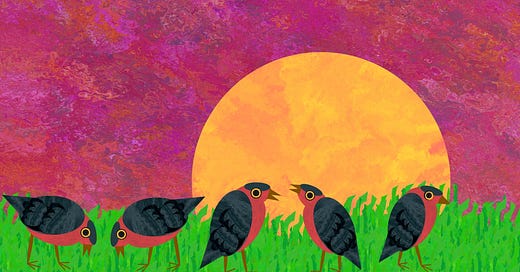



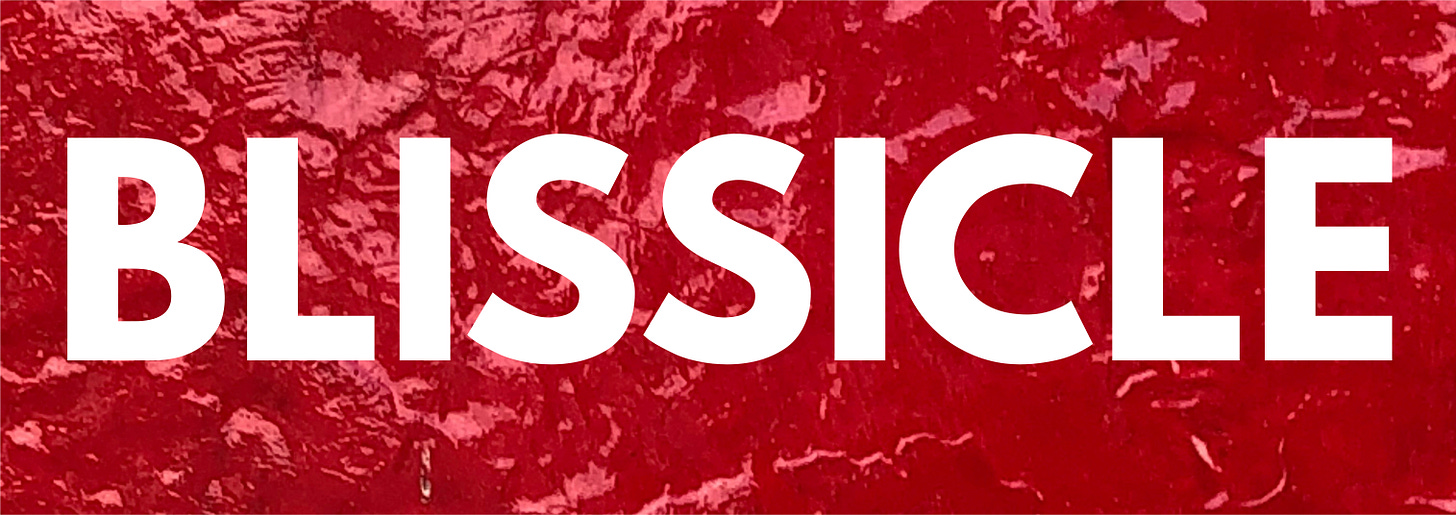


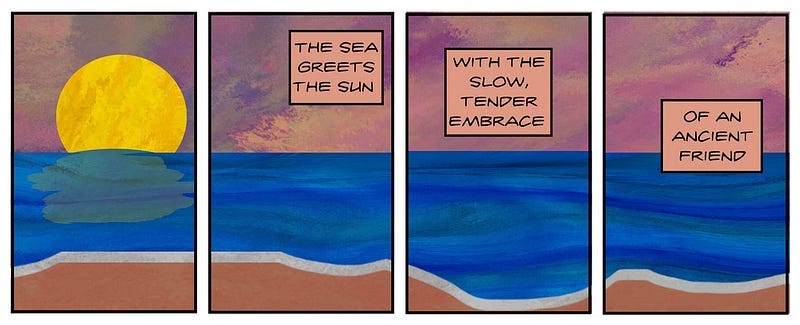


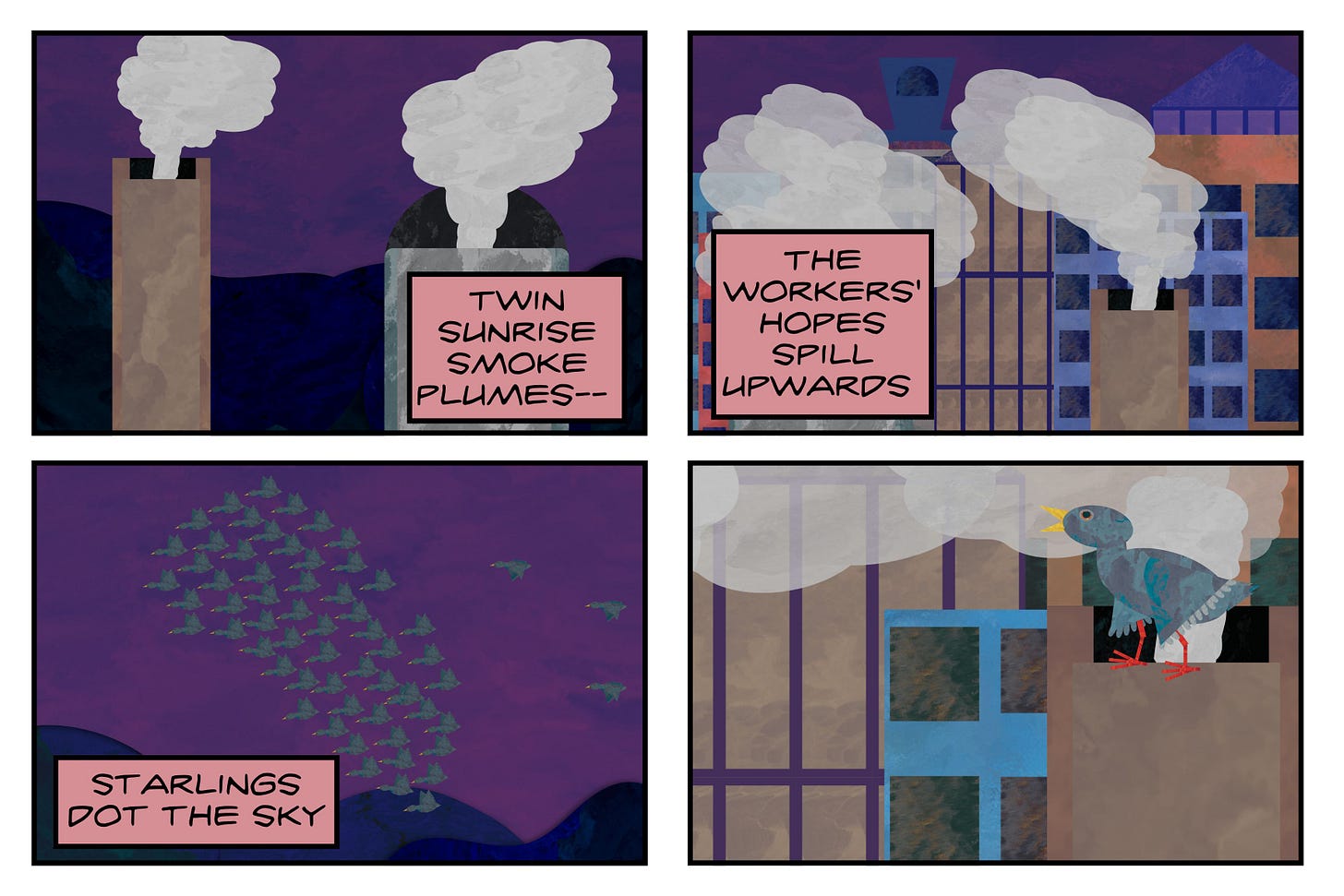


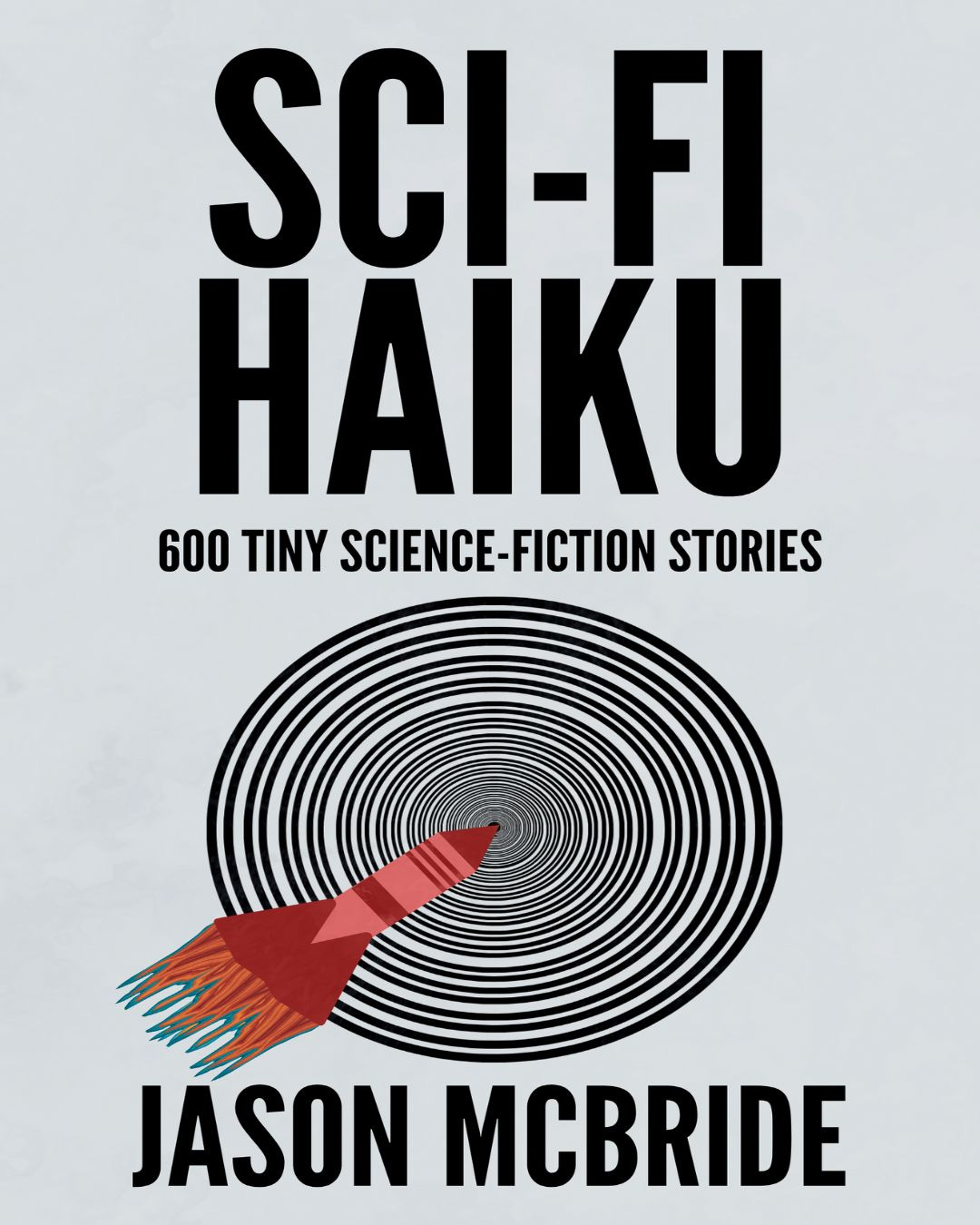

I really appreciate the hope represented in this essay. Observing the patterns in nature never gets old for me.
My favorite Y word is yearn.